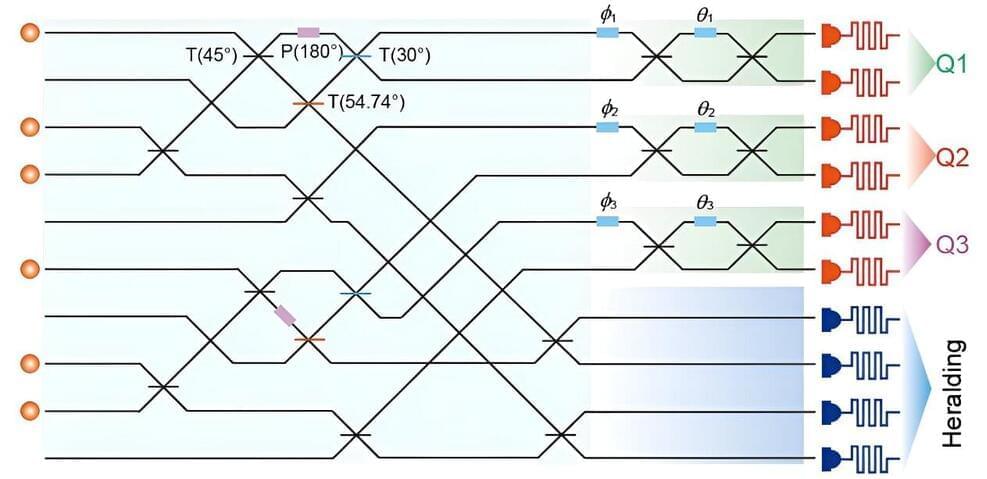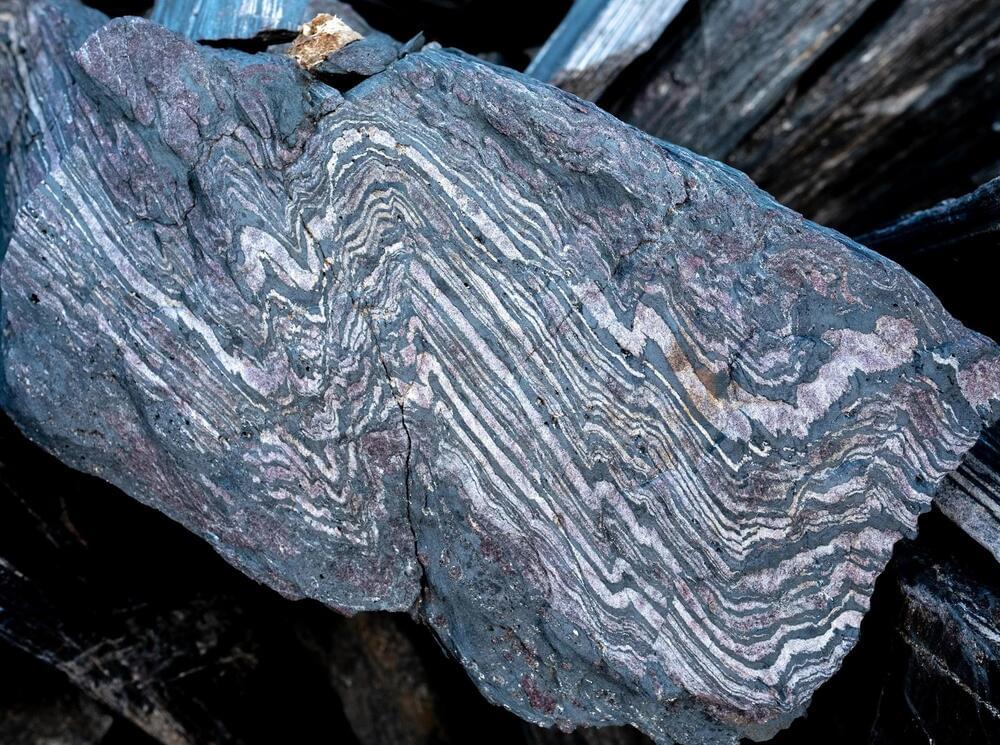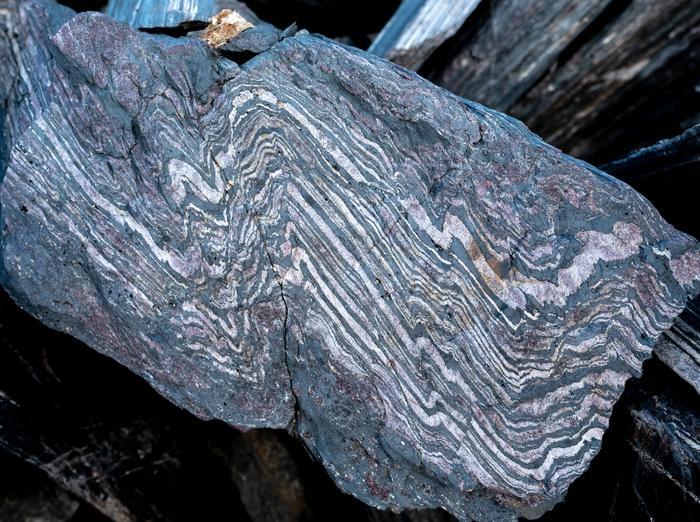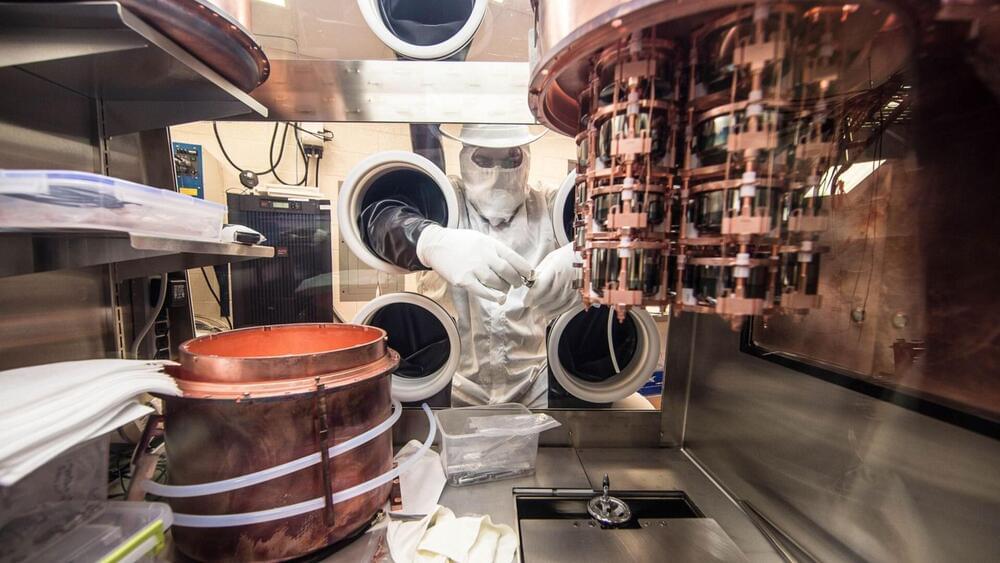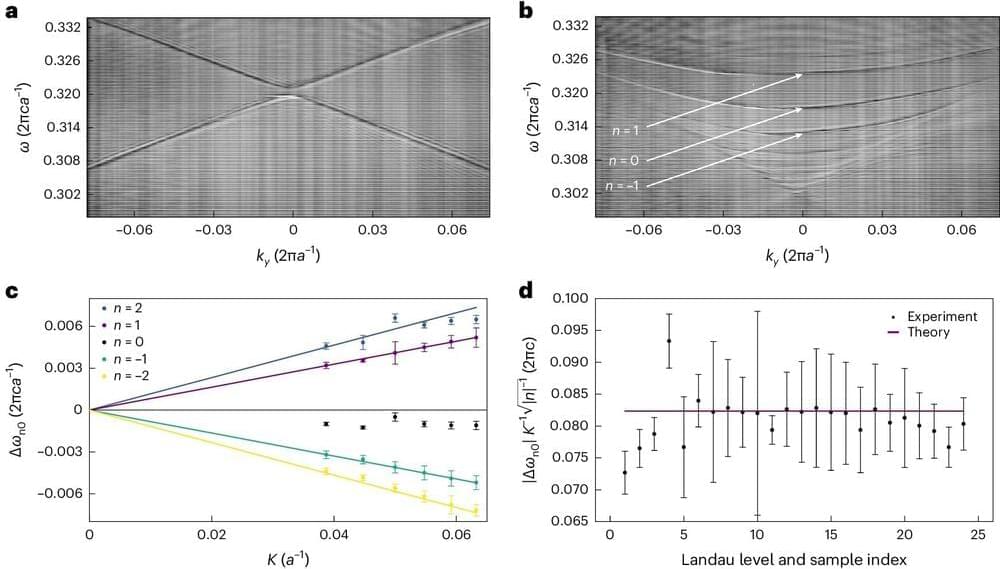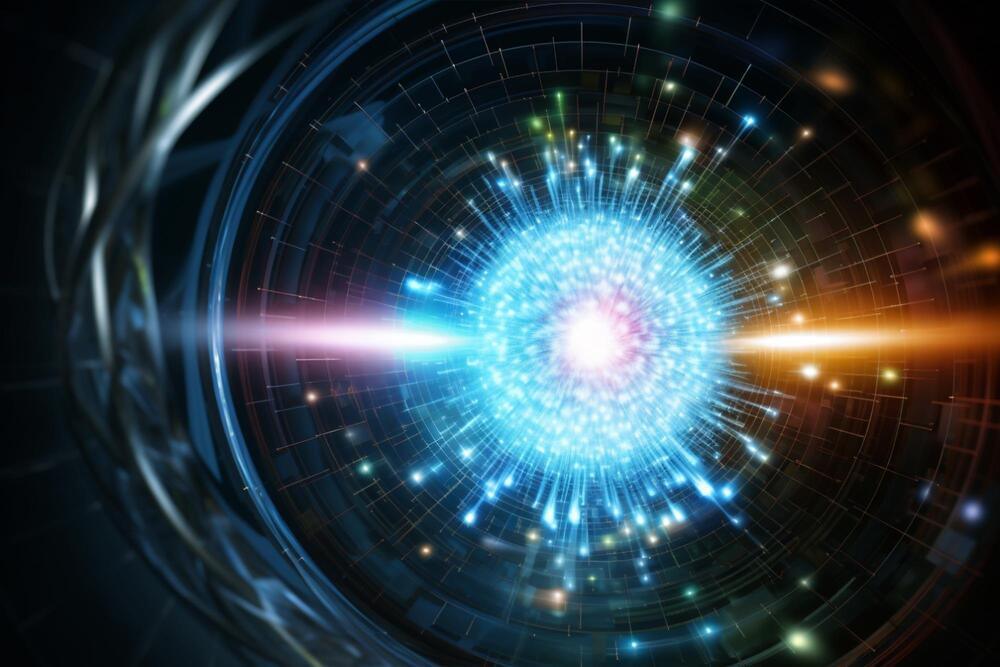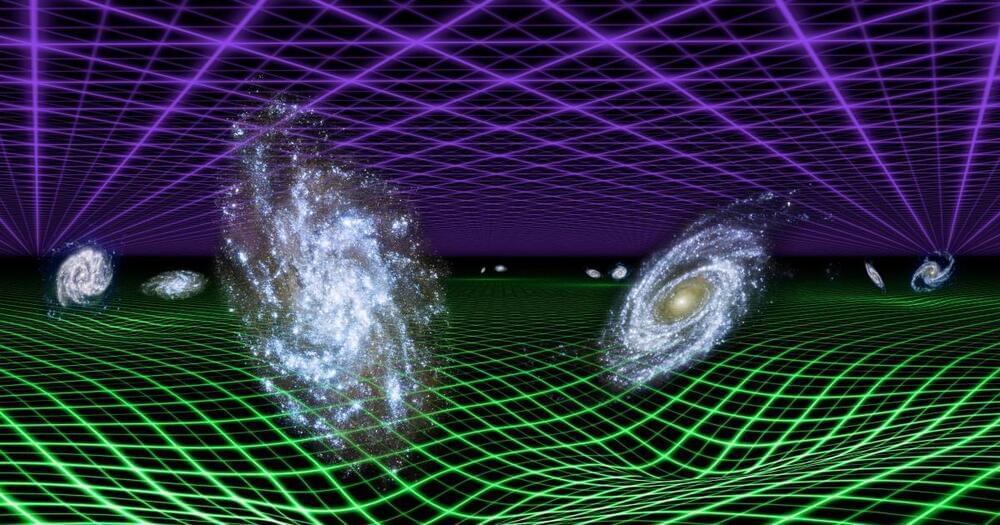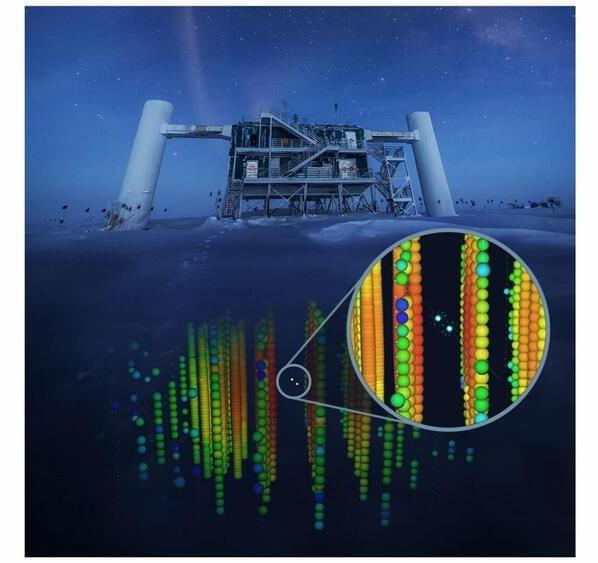Apr 26, 2024
Tweak to Schrödinger’s cat equation could unite Einstein’s relativity and quantum mechanics, study hints
Posted by Paul Battista in categories: information science, particle physics, quantum physics
Physicists have proposed modifications to the infamous Schrödinger’s cat paradox that could help explain why quantum particles can exist in more than one state simultaneously, while large objects (like the universe) seemingly cannot.


